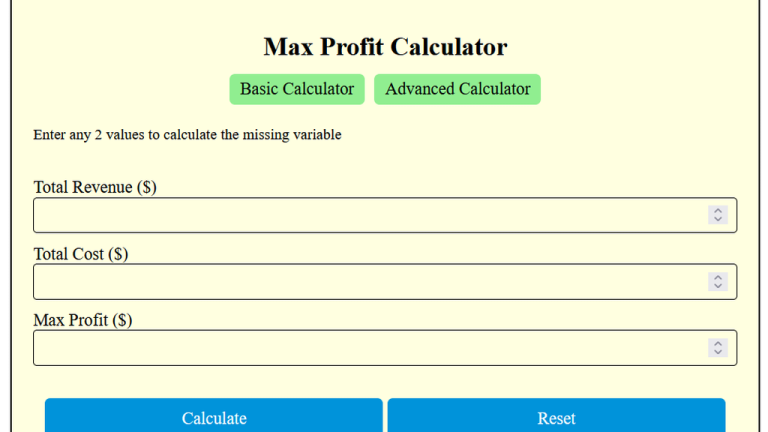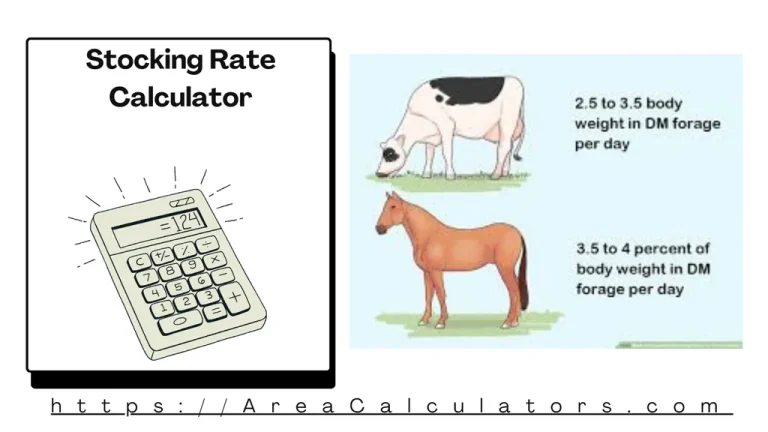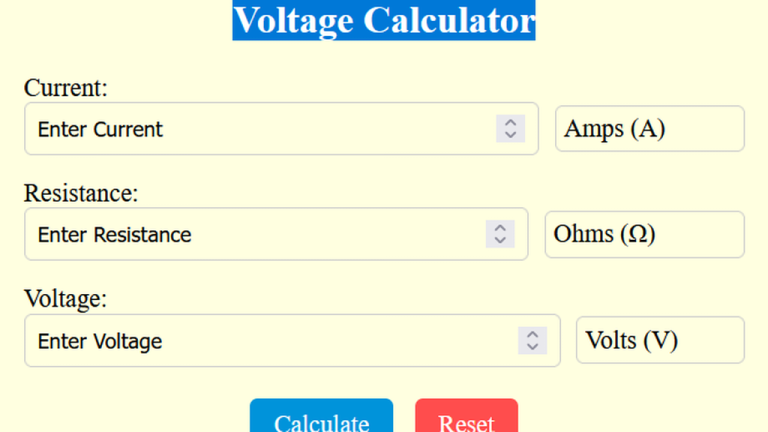RF Value Calculator
To calculate the Rf value in chromatography, measure the distance the solute travels from the origin and divide it by the distance the solvent front travels. This simple division provides the retention factor, or Rf, value.
To calculate the Rf value in chromatography, measure the distance the solute travels from the origin and divide it by the distance the solvent front travels. This simple division provides the retention factor, or Rf, value.
In chromatography, the Rf value (retention factor) is integral for analyzing and comparing substances. It serves to identify compounds based on their movement across a stationary phase relative to a solvent. Different compounds have unique Rf values due to factors like polarity and solubility.
For instance, pigments or amino acids will have varying Rf values that indicate their purity and identity in the mixture. Scientists and researchers use these values to examine chemical behavior and properties in fields like biochemistry, pharmaceuticals, and environmental studies.
| Symbol | Description |
|---|---|
| DSU | Distance traveled by the solute |
| DSV | Distance traveled by the solvent front |
Example 1:
Suppose the solute travels 3 cm, and the solvent front reaches 6 cm.
| Step | Calculation |
|---|---|
| Solute Distance (DSU) | 3 cm |
| Solvent Distance (DSV) | 6 cm |
| Rf Calculation | |
| Result | 0.5 |
Answer: The Rf value is 0.5.
Example 2:
If the solute covers 5 cm and the solvent front 10 cm:
| Step | Calculation |
|---|---|
| Solute Distance (DSU) | 5 cm |
| Solvent Distance (DSV) | 10 cm |
| Rf Calculation | |
| Result | 0.5 |
Answer: The Rf value is 0.5.
The RF Value Calculator is a retention factor measuring tool. It is specifically used in chromatography for finding out the retention factor or RF value. This factor measures how far a compound travels relative to the solvent front on a chromatography plate.
This value is instrumental in analyzing and identifying various substances. As a matter of fact, different compounds have unique RF values based on factors like polarity, solvent type, and interaction with the stationary phase.
To calculate the RF value, you can use the formula RF = Distance traveled by the compound / Distance traveled by the solvent front.
For example, if a compound moves 2 cm on the TLC plate and the solvent front moves 5 cm, the RF value is 0.4. This tool enables precise and efficient calculation of RF values, making it easier to analyze chromatography results.
In a word, the RF Value Calculator simplifies chromatography analysis, providing accurate RF values to assist in identifying compounds and assessing purity in mixtures.

To calculate the maximum profit, subtract the total cost (TC) from the total revenue (TR). The Max Profit Calculator is a helpful tool for businesses and analysts. It aim to determine the highest possible profit based on total revenue and total costs. This calculation is key in understanding how much a business can maximize its…

To convert milliliters (mL) to pounds (lbs), multiply the volume in mL by 0.002204623. The mL to Lbs Calculator is a useful tool for converting milliliters to pounds. It comes handy while dealing with liquids or substances with a known density. This conversion is often applied in fields such as cooking, chemistry, and medical dosing….
Divide the processing fee by the total transaction amount and multiply by 100 to determine the effective fee percentage. The Processing Fees Calculator helps determine the effective fee percentage charged during a transaction. Whether you’re calculating credit card fees, online payment processing costs, or other service charges, this tool simplifies fee management. It is particularly…

To calculate the stocking rate, divide the available forage (AF) by the livestock bodyweight (LB) and the number of months (M) the animals will graze. The Stocking Rate Calculator is an essential tool for livestock managers, farmers, and ranchers to optimize grazing and land use. By assessing the relationship between forage availability, livestock weight, and…

To calculate voltage, multiply the current (I) by the resistance (R) using Ohm’s Law. The Voltage Calculator uses Ohm’s Law, one of the most fundamental principles in electronics, to determine the voltage (VV) in an electrical circuit. Voltage is the potential difference that drives current through a resistor. Understanding voltage is essential for designing and…
To determine the required annual income for 2.5 times the rent, multiply the monthly rent by 2.5 and then by 12. The 2.5 Times Rent Calculator is customized for tenants and landlords. It supports them in finding the minimum annual income required to afford rent comfortably, following a common guideline used by landlords. This guideline…